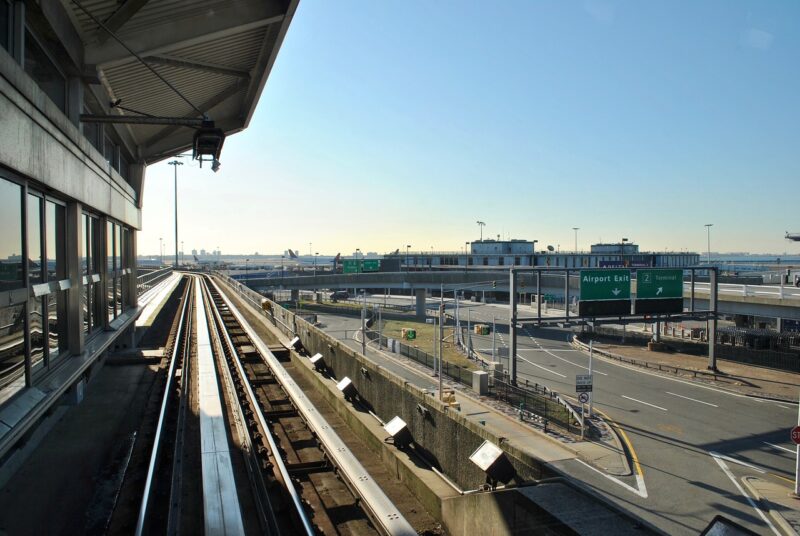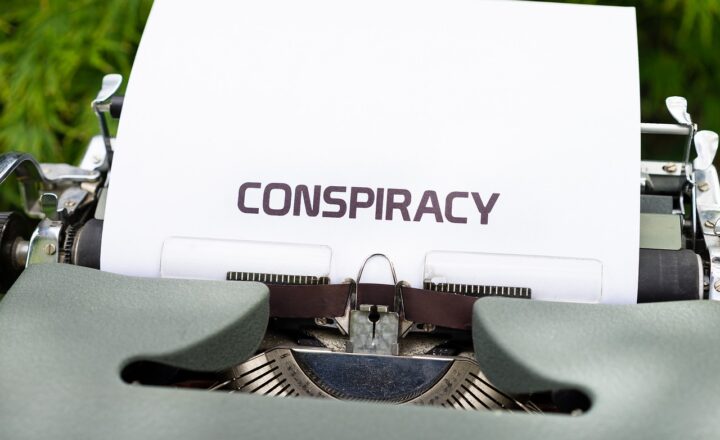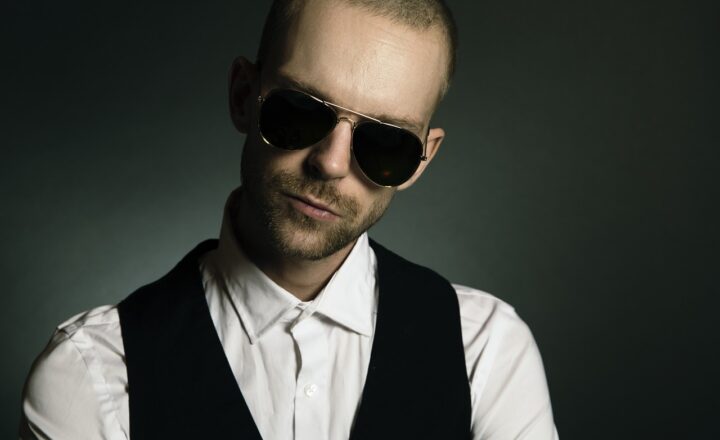
The assassination of John F. Kennedy on November 22, 1963, in Dallas, Texas, is one of the most scrutinized events in American history. It sent shockwaves not only through the United States but around the world. While the official story, as dictated by the Warren Commission, asserts that Lee Harvey Oswald acted alone, countless conspiracy theories have emerged over the years, each presenting its own narrative about who was really responsible for the assassination and why.
1. The Official Account: A Brief Overview
Before delving into the various conspiracy theories, it’s essential to understand the official account. On that fateful day, President Kennedy was riding in a motorcade when he was struck by two bullets, one in the upper back and one in the head. Just moments later, he was pronounced dead at Parkland Memorial Hospital. Shortly after the assassination, Lee Harvey Oswald was arrested for the murder of a Dallas police officer and later charged with JFK’s assassination.
The Warren Commission concluded that Oswald, acting alone, fired three shots from the sixth floor of the Texas School Book Depository. However, many details surrounding the investigation have raised eyebrows, giving birth to a plethora of alternative theories.
2. The Magic Bullet Theory
One of the most controversial aspects of the assassination is the “Magic Bullet Theory.” According to the Warren Commission, one bullet inflicted multiple wounds: it hit Kennedy in the back, exited through his throat, and struck Texas Governor John Connally, who was seated in front of Kennedy. This has been described by skeptics as implausible, leading many to question whether one bullet could cause such extensive damage and to ask: was there more than one shooter?
Critics argue that the bullet’s trajectory doesn’t align with the seat positions of Kennedy and Connally. This has prompted suggestions that the bullet was fired from a different location, thus complicating the case for a lone gunman.
3. The CIA’s Potential Involvement
Another popular theory posits that the Central Intelligence Agency (CIA) orchestrated Kennedy’s assassination. Supporters of this theory cite his increasingly strained relationship with the agency, particularly after the failed Bay of Pigs invasion in 1961. As Kennedy sought to dismantle certain operations within the CIA, some theorists suggest that the agency viewed him as a liability, leading to a motive for murder.
Moreover, a particular document from 1975 Congressional hearings revealed that the CIA had been involved in various assassination plots aimed at foreign leaders, raising further suspicion.
Some suggest that organized crime figures, collaborating with elements of the CIA, could be responsible for the assassination due to Kennedy’s crackdown on illegal activities and the influence of mob figures like Sam Giancana. This called into question whether a secret arrangement was made between the mob and the CIA to take out the president.
4. The Role of Vice President Lyndon B. Johnson
Another name commonly associated with conspiracy theories surrounding JFK’s assassination is that of Vice President Lyndon B. Johnson. Various conspiracy theorists believe that Johnson had motives to see the president eliminated in order to ascend to the presidency himself.
Supporters of this theory cite Johnson’s ambition and motivations, coupled with his connections to Texas politics and business, as reasons behind an alleged involvement, claiming that he had connections to elements of the Texas elite who may have opposed Kennedy’s policies. Furthermore, the sudden changes in Johnson’s political agenda following Kennedy’s death have led to suspicions about his role in the events.
5. The Umbrella Man and the Mysterious Figure in Dealey Plaza
The presence of a man with an umbrella in Dealey Plaza during the assassination intrigued many conspiracy theorists. The “Umbrella Man,” as he came to be known, was seen raising and lowering his umbrella at the moment of the shots. Some speculate that this was a signal or that he was involved in firing a weapon.
This theory gained traction with claims that the umbrella was a weapon that injected a toxin into Kennedy, leading to a quicker death. Although the investigation surrounding the Umbrella Man has been deemed inconclusive, his presence has continued to fuel speculation about multiple shooters.
6. The Grassy Knoll Theory
The “Grassy Knoll” theory maintains that shots were fired from a location behind a picket fence on a grassy slope near the assassination site. Witnesses claimed that they heard shots coming from that direction, igniting a fervor of speculation about an additional shooter.
Forensic evidence over the years, including sound recordings from the time, has stirred debate. Many who believe in this theory argue that the evidence points to a coordinated conspiracy involving multiple gunmen to ensure Kennedy’s assassination.
7. The Influence of the Military-Industrial Complex
Some conspiracy theories focus on the notion that the military-industrial complex had a vested interest in eliminating Kennedy due to his desire to end the Vietnam War. Critics of the war believe that Kennedy’s policies were at odds with the military’s agenda, and he was not stalwart in increasing military intervention in regions like Southeast Asia.
Proponents of this theory suggest that the assassination was orchestrated to ensure continuity of arms sales and military funding. This view was predicated on the idea that powerful industries and lobbyists wanted to maintain a heightened state of military engagement.
8. Conclusion: A Legacy of Mystery
The assassination of John F. Kennedy remains shrouded in mystery nearly six decades later. Whether viewed through the lens of the official narrative or the myriad conspiracy theories, the event continues to provoke inquiry and debate. The enduring questions surrounding JFK’s death remind us that history is often not merely a succession of events, but a complex tapestry of narratives woven from the perspectives of those who lived through its moments.
As further documents are released and new theories arise, the search for truth behind this haunting event in American history will likely continue, invoking the curiosity and critical analysis of future generations.
Without a resolute conclusion, the legacy of JFK’s assassination persists as a crucial element of American folklore, imbued with intrigue, skepticism, and speculation.








